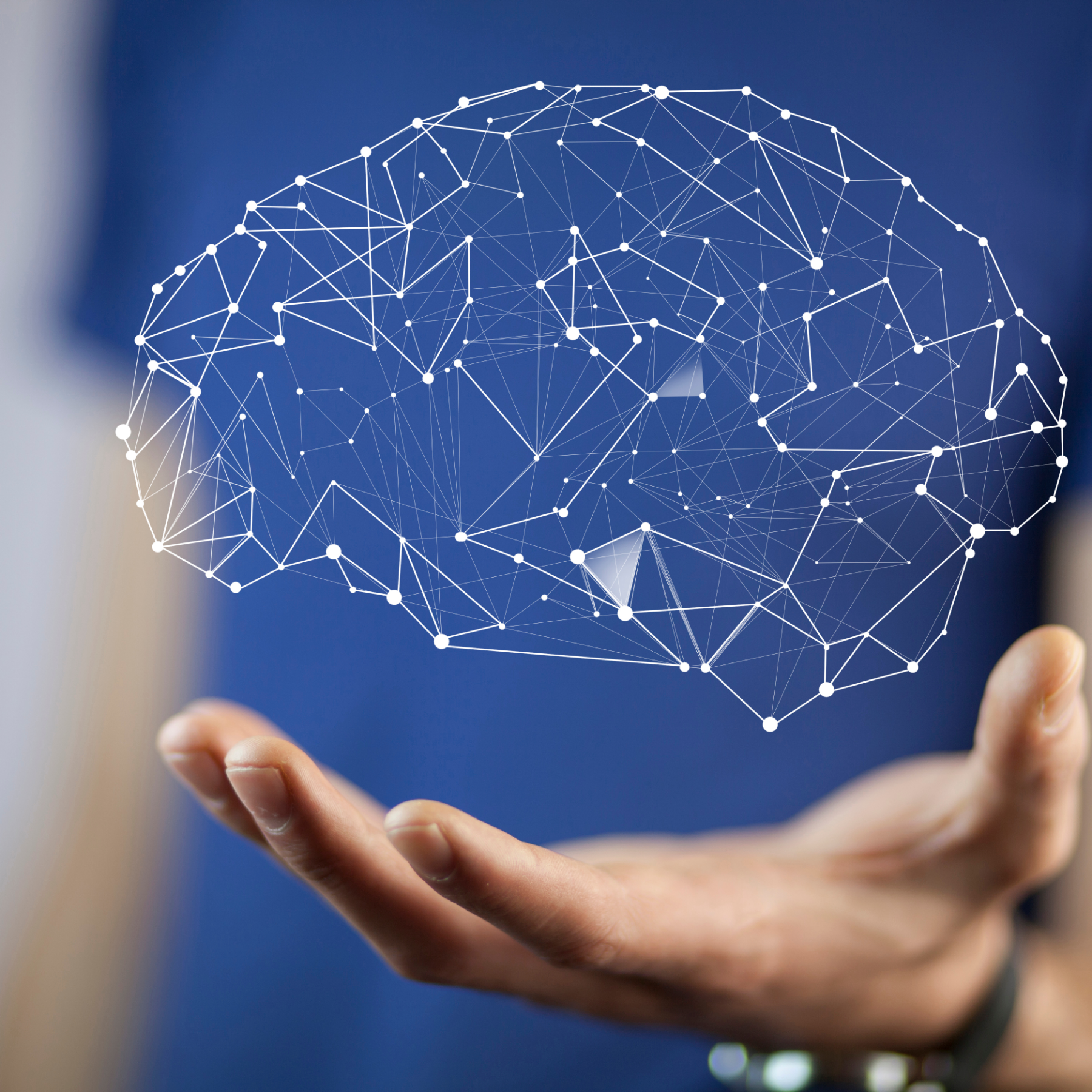NEUROSCIENCE EXPLAINED

For over four decades, academics and scientists have been researching how sensory stimuli act in the various conscious and subconscious regions of the brain, and how they interact with stored memories, to influence emotions, feelings, attitudes and behaviors. Over this time period, scientific knowledge and understanding of how human brains work have advanced significantly. Now modern Neuroscience can tell us not only why people react to certain sounds, smells and sights the way they do, but how their responses can be predicted using smartly applied, appropriate external stimuli.
Think about a time when you were pulled into a pleasant memory or had a sudden, unexpected burst of warm, positive emotion. Maybe it was smelling pancakes cooking on the griddle like your mom used to make. Maybe it was hearing your first dance wedding song come on the radio. Perhaps it was seeing your senior class photo or a fleeting reflection in a window. Everybody experiences this and humans actually crave the rush that comes from these usually unexpected trips down memory lane.
What’s happening here, and how is this relevant to creating an inviting and engaging in-store experience for your customers?
Your senses likely triggered these. The right ambiance sets the tone and feeling your customers will have at your store, restaurant, office, or branch. The sense triggers the match. The memory is the fireworks show for your brain.
Why? Our senses are the most impactful triggers to what scientists call the reminiscence or "rem" bump, the tendency to recall events, particularly during our adolescents. It's the same tendency that we've seen when an Alzheimer's patient recalls a song or memory triggered by that song.
"The sense triggers the match. The memory is the fireworks show for your brain."
The human brain contains billions of neurons which are, at birth, nearly all empty and yearning to be filled. During the first roughly two and a half decades of life, humans subconsciously store fragments of nearly everything they do, see, hear and touch in these neurons. Sadly, we were not born with an efficient filing system and the memories are lost in sea of other random neurons, some to be “lost” for months, years, decades or a lifetime.
But here is what is so remarkable: each memory neuron is “tagged” with a related “sensory key,” so it possibly can be retrieved later if something excites the key. Maybe the key is a fragment of a song that was playing while the event unfolded which comes on in the background in a store or restaurant. Maybe the key was the fragrance of your mom’s kitchen that gets triggered by something you smell decades later... The subconscious brain is constantly searching the environment around it for sounds, sights and smells that will help it find a lost memory.
"Master keys will work to produce specific, predictable “feel good,” “comfortable” and “safe” responses"
And therein lies the outsize power of Neuroscience-based sensory solutions to impact the customer/guest experience in every out-of-home retail, hospitality and banking environment. For while the memory being unlocked is singular and unique to each individual, the keys are imprecise and so large that the right “master keys” will work to produce specific, predictable “feel good,” “comfortable” and “safe” responses, among many others, in large numbers of people at the same time.
Decades ago, the academics and scientists unlocked the strong Neuroscientific connection between senses and feelings. A dozen years ago Ambiance iQ, working with research faculty at Cornell University, unlocked the way to large-scale commercialize this science. Instead of the academic formulation—"I did this and people reacted like that”—we ask “who are your customers and how would you want them to feel and behave when they are in your space?” Then we reliably and consistently provide the sensory stimuli that produce the effects.
That is what we mean by Smarter Sensory Solutions. And they are available today in Sound, Sight, and Scent from Ambiance IQ.
